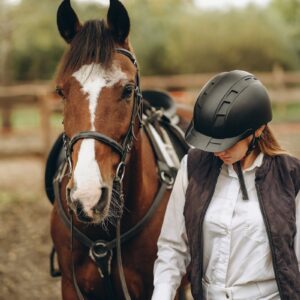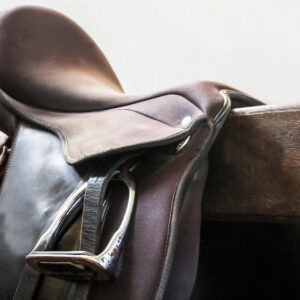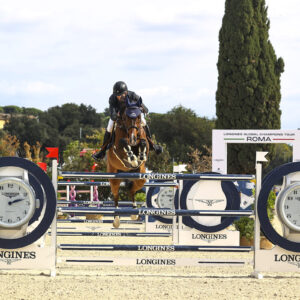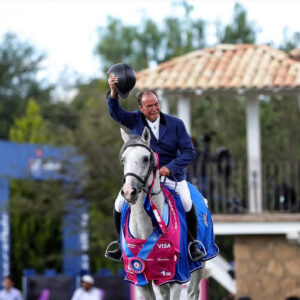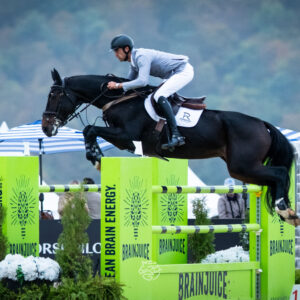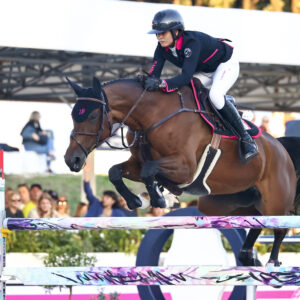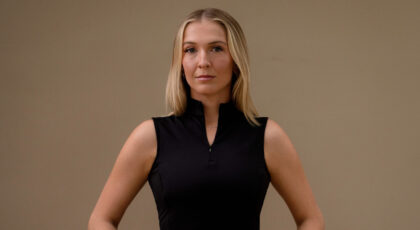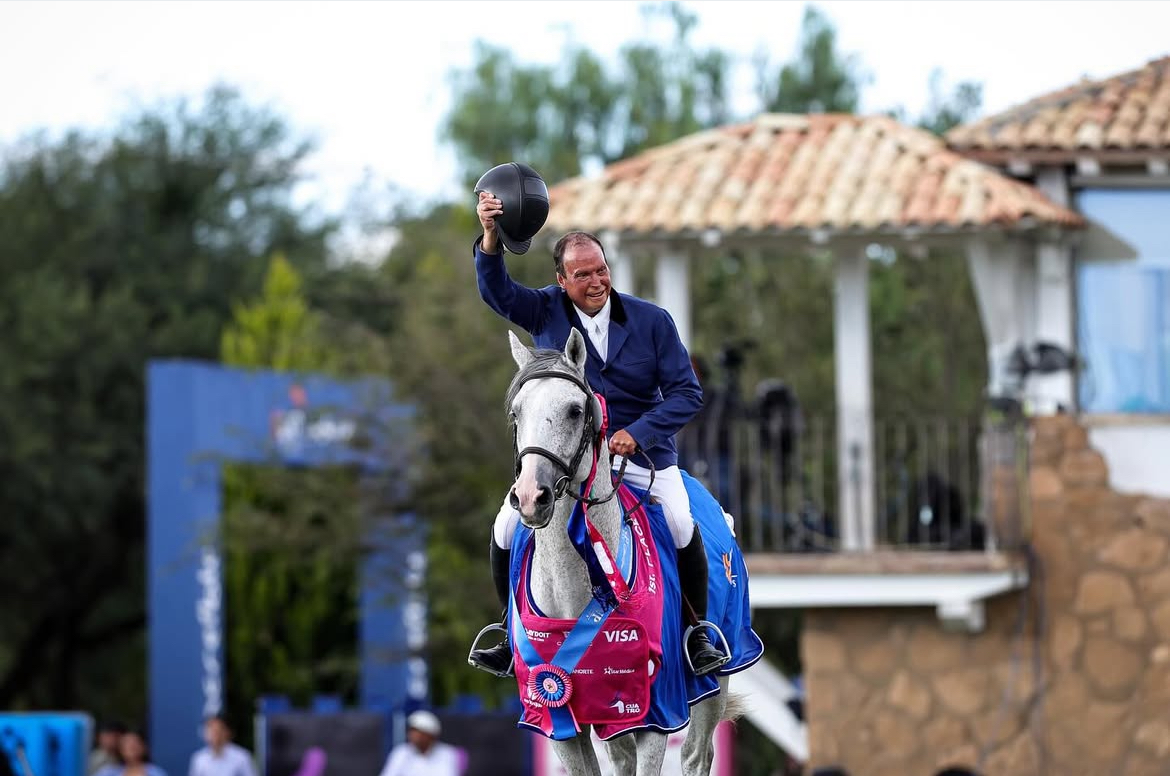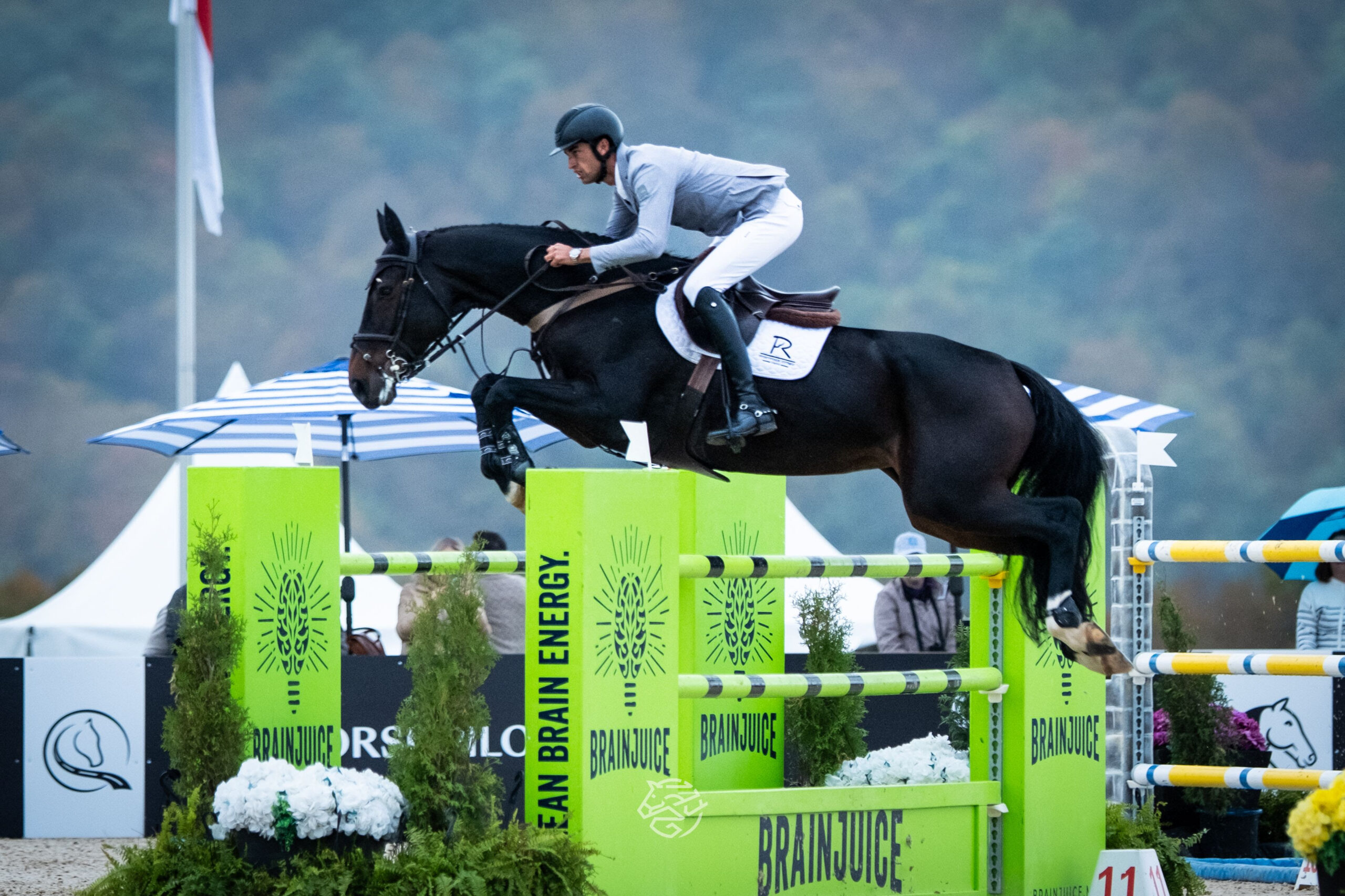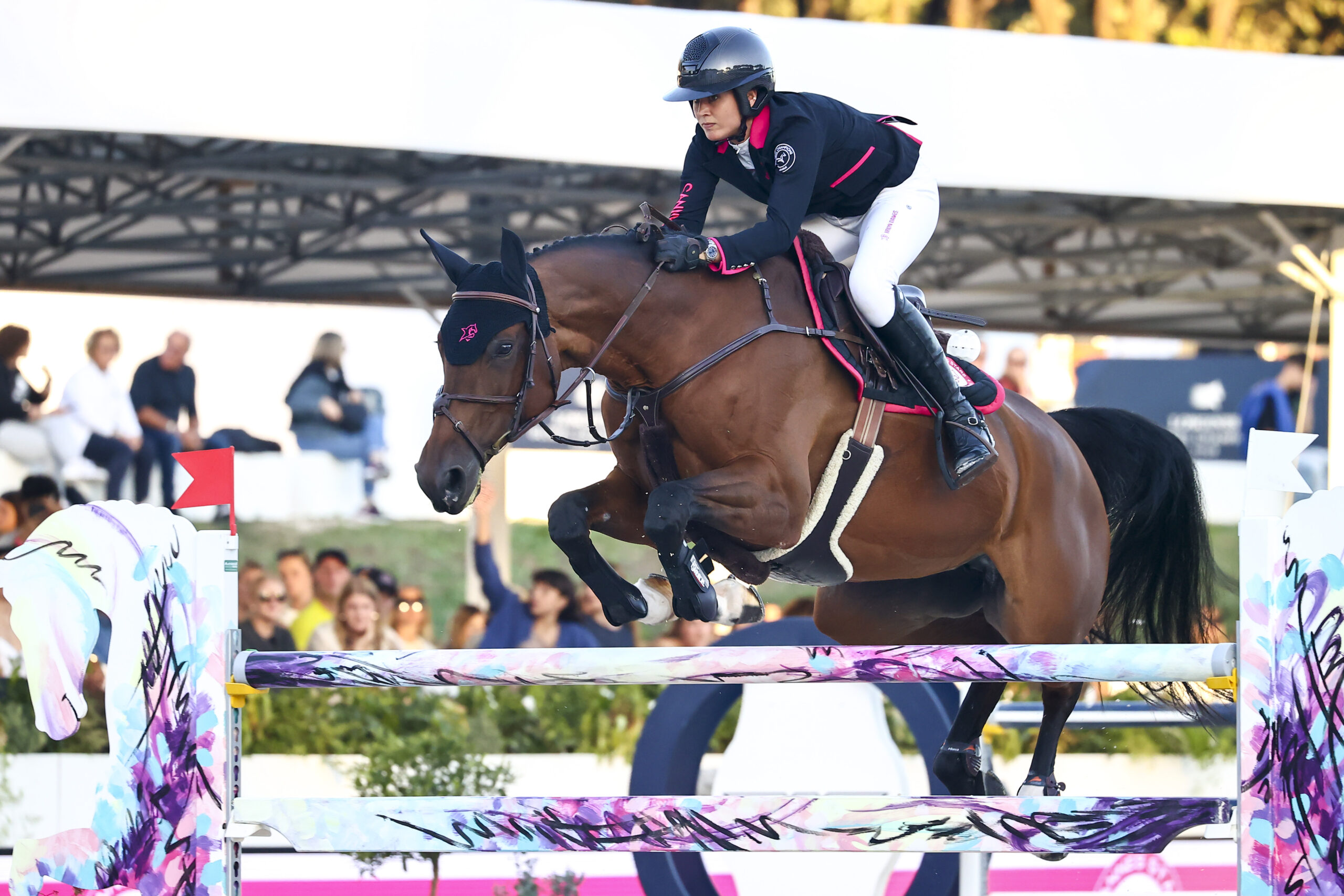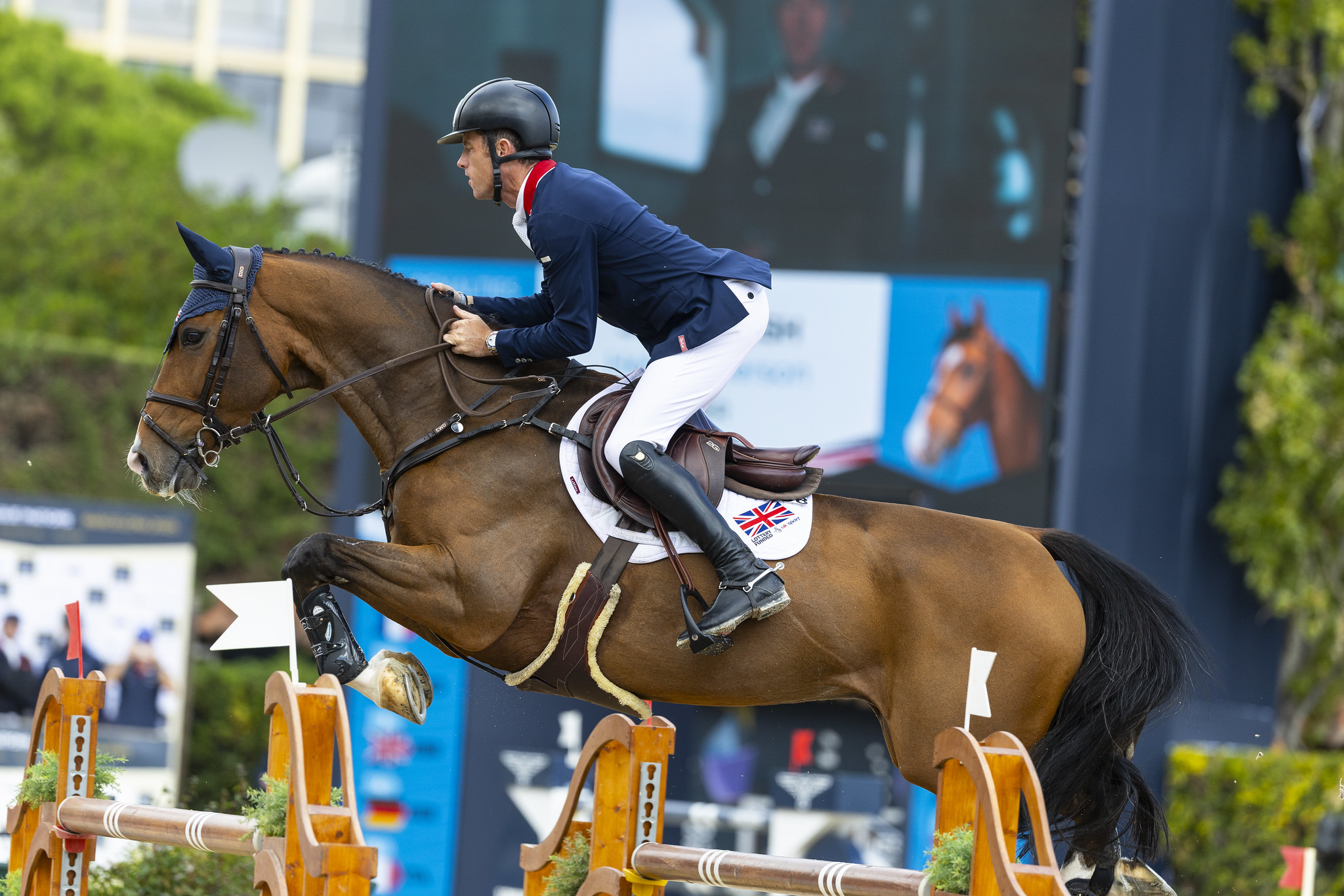“Ghost noises” is my term for sounds caused by agents that horses can’t see.
For example, the other day someone was stacking pallets next to the outer walls of the indoor arena while True and I were working inside.
The doors were shut, so we couldn’t see anyone working outdoors and the noises were mysterious. Neither of us expected them or knew what they were, and they startled me as much as they startled Mr. T.
Spookiness is common in all horses, but especially in hot- or warm-blooded breeds.
Most of the Drafts and Quarter Horses I ride remain calm when exposed to unexplained noises, but the young ones at least perk up an ear and look. Thoroughbreds and Arabians usually jump out of their skin and offer the “imminent explosion” feeling of taut muscles and high nerves for the next half hour. Warmbloods fall somewhere between.
A few years ago, an interesting study showed that cannon diameter is related to shying. A horse of any breed with slender delicate legs is likely to shy hard and often. A horse with solid “beefy” legs is likely to remain calm.
This result is a classic example of a third variable—breed dictates cannon diameter and plays a strong role in the outcome. Training also affects shying, of course.
So, how do we teach a horse to remain calm while mysterious noises are heard?
First, it’s important to recognize that a noise produced by no apparent agent is the hardest for a horse to manage. When the arena is closed up and an unseen person outside makes a loud noise against the outer wall, the horse sees no cause (or “agent”) of that noise.
His brain doesn’t hypothesize that someone must be outside using the tractor, or moving pallets, or bumping chairs into the wall for fun. Instead, his brain simply tells him there’s a potentially dangerous noise and it’s time to run for safety.
When True does this, I try to show him the cause of the noise. At times, this is as easy as opening a door or gate to the arena so he can watch the activity outside for a few moments.
When he sees a person carrying pallets to the wall, then hears the noise inside as the pallet is set in place, it’s easier for his brain to understand cause and effect.
I usually dismount for this exercise if he is scared, lead him to the area inside the arena nearest the noise, and stroke his neck while we watch the activity for five or ten minutes. Then I remount and ride past the activity, still indoors but with the door open.
Eventually, I close the door and continue the training session inside. Preferably, the noise continues at about the same rate and volume all the way through.
Next time, True is less frightened but he sometimes still shies. Each time that happens, I open the door and let him watch.
It makes a big difference for a horse to be able to see the agent causing the noise. Someday we will have more experimental studies to explore various aspects of cause-and-effect thinking in horses. For now, give your horse a hand and let him “see” noises as they occur.
It only takes a few short sessions for most horses to lose their fear of ghost noises in this way.
I also apply this technique for any object that can be controlled from a distance or electronically.
The first time True heard music playing from an unmanned bluetooth boom box, he freaked. I walked over and turned the volume up and down while he watched. I turned the machine on and off while he watched. Within three minutes, he accepted that it was some sort of Mystery Human Machine and wouldn’t eat him.
Watching me control the box, while also hearing me cause its volume to change, made a difference. Music relaxes horses, so that helped to calm him down too. True likes soft rock, easy country or folk, and classical composers like Mozart. Beethoven’s mercurial volume and tempo changes? Not so much.
Related reading:
Brain-Based Horsemanship is a weekly column that chronicles Janet Jones, PhD, and her journey with True, a Dutch Warmblood she trained from age three using neuroscience best practices. Read more about brain-based training in Jones’ award winning book Horse Brain, Human Brain.
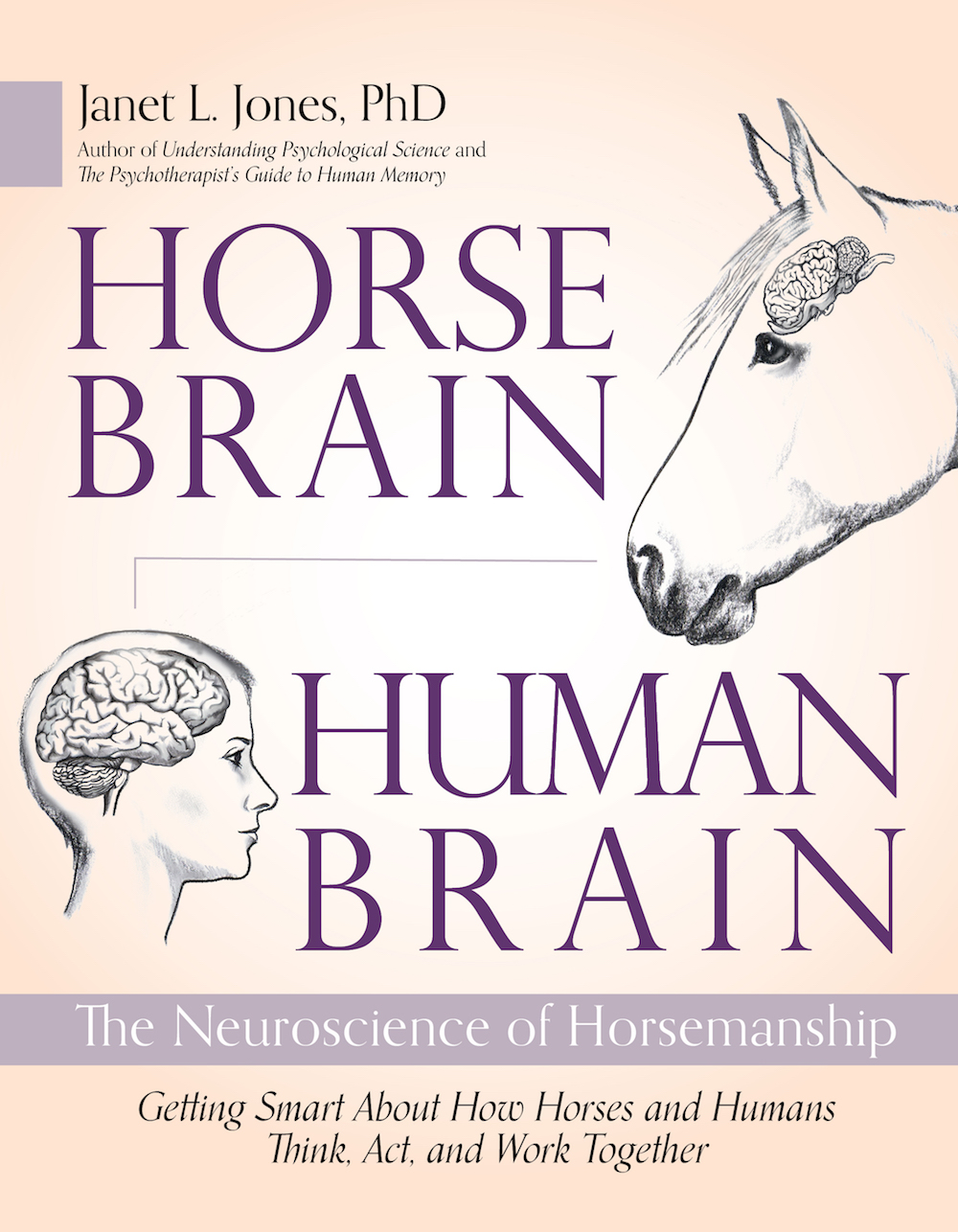
A version of this story originally appeared on janet-jones.com. It is reprinted here with permission.


 September 18, 2024
September 18, 2024 







